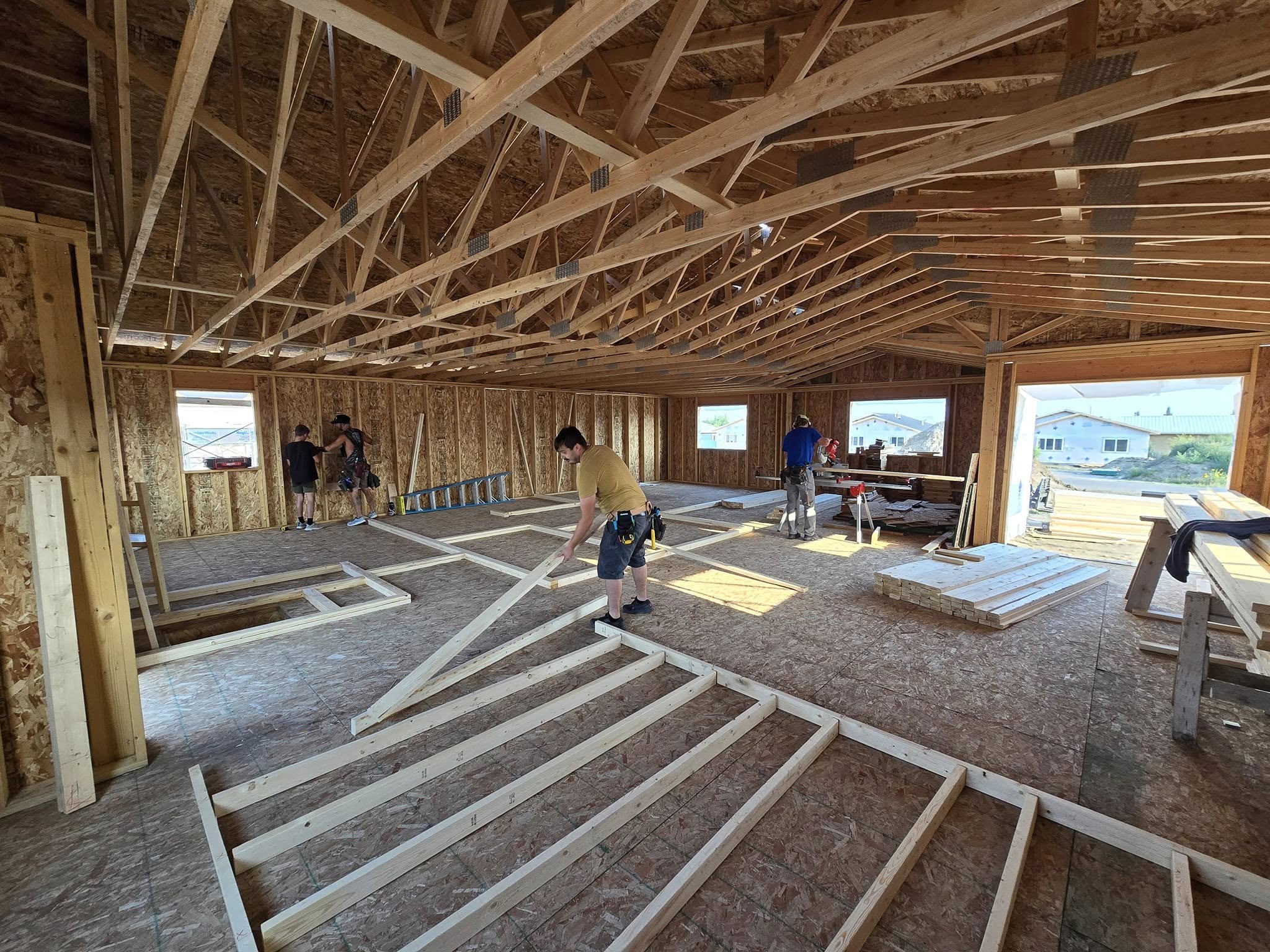I was a little premature in celebrating New York’s modest land bank bill, it seems, as it has not yet been signed by the governor. Some sources say he is concerned about the liability to the state of taking ownership of these properties.
As I wrote on my local Albany planning blog:
While I see concern, and there could have been other ways to structure the bill that would avoid it, my first thought is let’s keep “liability” in perspective. Abandoned properties are magnets for crime, and they have well documented ripple effects in terms of physical neglect, lost property values, and fleeing retail and services, with very real, very negative consequences for remaining residents. The human cost, not to mention the financial drain on municipal coffers in terms of increased service cost and decrease taxes is huge. These costs come back to the state eventually. On the other hand, better managed and redeveloped land is a much lower risk for everyone.
The state takes on the risk of lawsuit every day by doing the things it needs to do, whether it’s law enforcement or environmental protection. Especially with the mortgage crisis mounting, giving localities the tools they need to manage abandoned properties is something the state needs to do, and frankly, it’s worth some risk.
Sadly, there also seems to be resistance from mayors who object to the land banks being countywide. While I do sympathize with cities being distrustful of the motives of suburbs and counties that have long been willing to treat them as if they were a problem to be borne, not a partner in regional planning and health, I think resisting in this way doesn’t make sense.
A countywide land bank can be regionalism at its best, just what cities have been trying to talk their counties into. At least the model of the Genesee County Land Bank in Michigan is. There, most of the funding comes from all over the county, from tax penalties and other means. Most of it is spent in the city of Flint, to the city’s enormous benefit, as demolition, rehab and greening “unlocked” millions in recovered property values. The rest of the county benefits because the land bank does also take care of their less concentrated foreclosed/vacant properties, and because in a regional economy it helped to have the city doing better.
Certainly mayors are right to keep an eye on the process and make sure that administratively they get an entity that really serves the interests of the city. But giving up a chance to spread the cost and risk across a whole county and the opportunity to acknowledge and address the regional nature of housing markets in the name of keeping control seems to me to be foolish, perhaps “Buffaloonly,” if you will, a coinage unintentionally created by a missing space in the news story that reported the mayors’ worries.
We’ve been talking regionalism for so long in this field. Though it still seems like this bill has a good chance of being signed, its challenges are a sobering reminder of just how hard it is to work together on the ground.




What a great case study of the difficulty levels of government have around collaboration, especially in older states like NY (and PA) that have Medieval regulations around municipal government and real estate.
You may be interested to know that land banking is percolating up through the Ohio legislature: https://www.cleveland.com/editorials/plaindealer/index.ssf?/base/opinion/12172338445690.xml&coll=2 buoyed (as it was in Flint) by a county treasurer. (Which is a way better solution than just selling the liens, like Youngstown does: https://www4.vindy.com/content/local_regional/322791010354824.php yuck!)